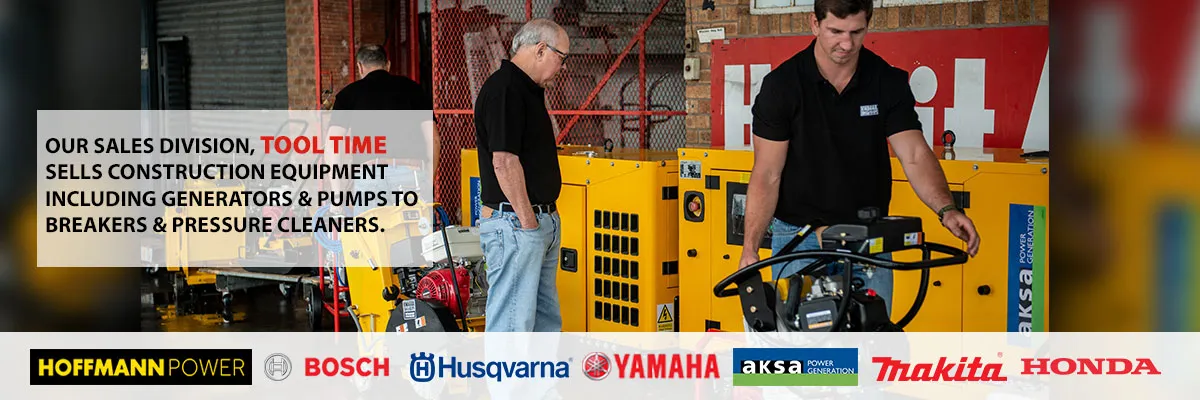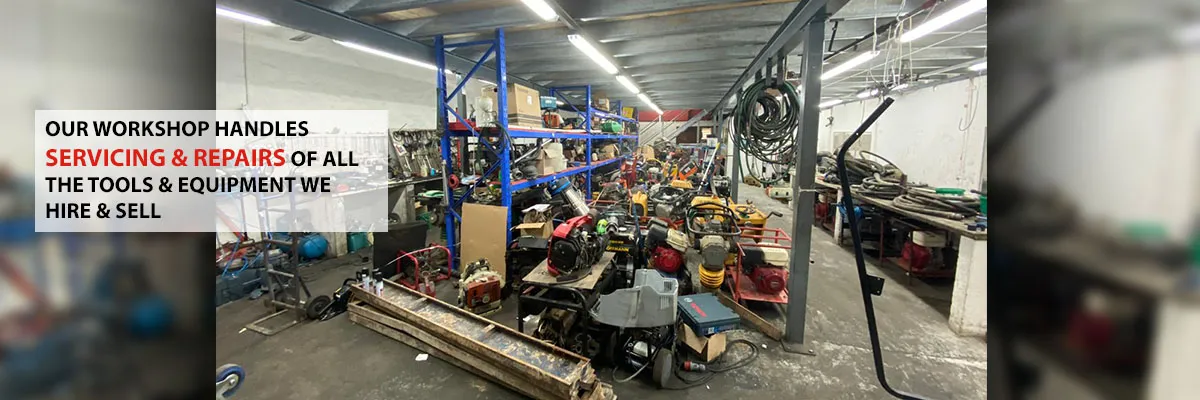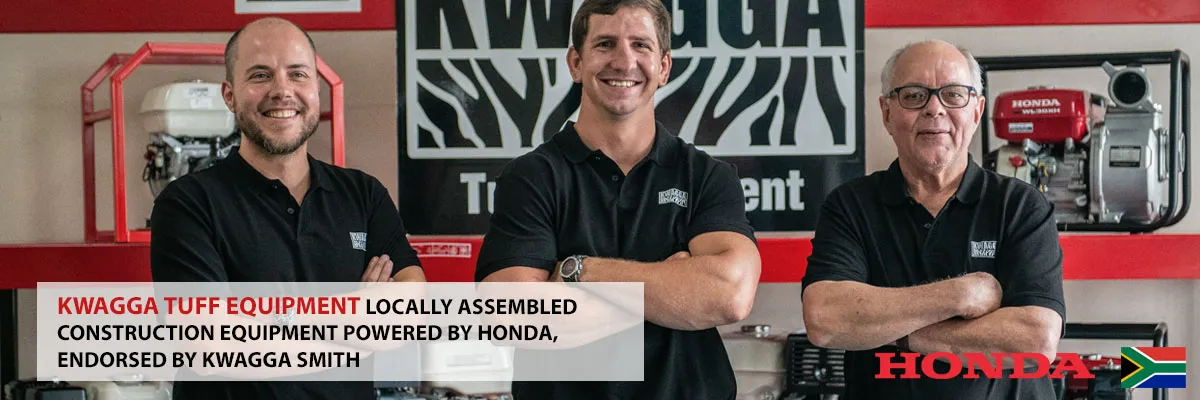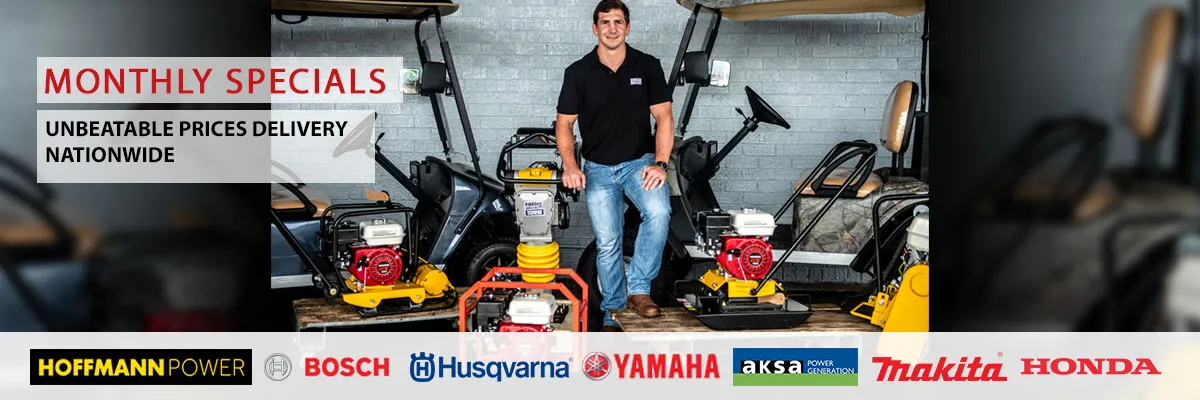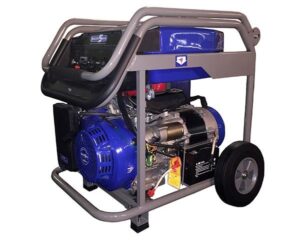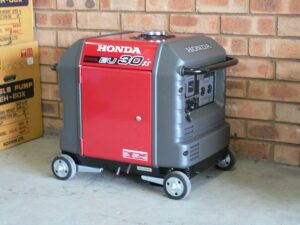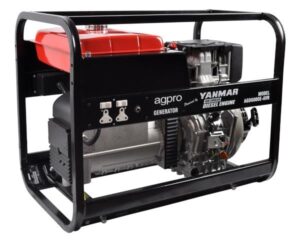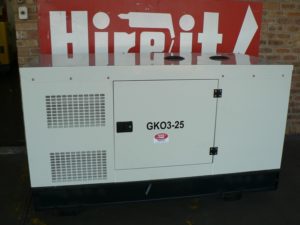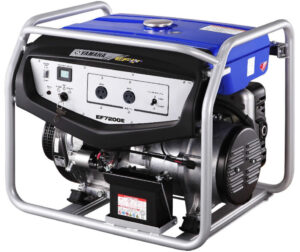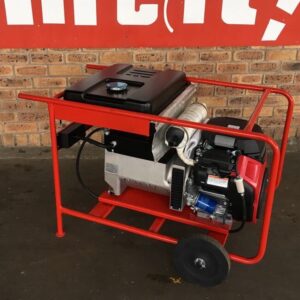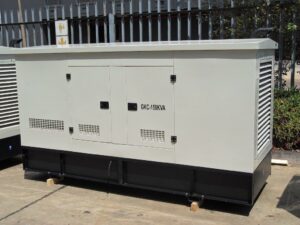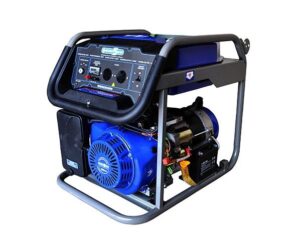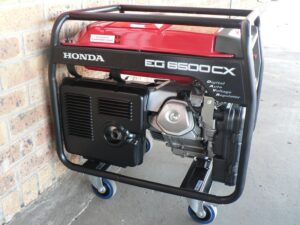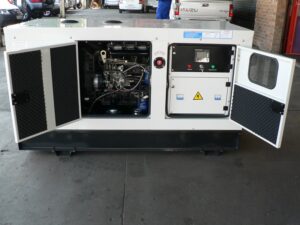There are many types of generators for sale on the market with different features suitable for various applications. Our Sales division, Tool Time, are often faced with customers who want to buy a generator but are unsure about what they need so we’ve compiled a summary of questions to answer that will help determine what machine is going to meet your specific needs. The most important thing to determine is the purpose and application. Once you have established what it will be used for, you will be able to choose the right generator for your needs. Alternatively you can speak to us directly on 0614046066 and our team of experts would be happy to advise.
CHECKLIST OF QUESTIONS
that will help you to decide which generator is right for you.
- Standby or Prime application – Will the generator only be used in the event of a power failure or will the machine be the sole source of electrical supply?
Location – Where will the generator be housed? In a generator room, outside completely exposed to the weather, under a lean-to, on a mobile trailer, below deck on a ship, etc.
Type of engine – petrol or diesel. Petrol engines can be 2 stroke where lubricating oil is mixed with the petrol or 4 stroke where oil is separate from fuel. Generally, two stroke engines are only available on small generators – from about 300 to 1000 Watt units.
Type of cooling – air or water. Generally petrol engines are air cooled but some water cooled units are available. Small diesel engines are mostly air cooled with the larger machines generally being water cooled.
Running speed of engine – 1500 rpm or 3000 rpm. All the petrol engines which we market are 3000 rpm units, whilst the diesel engines are available in both speeds.
Starting method of engine – manual, electric (by button or key via a 12V battery) or fully automatic controlled by an Automatic Mains Failure (AMF) panel. This panel will do the following:
-
sense when there is a power failure
start the generator
switch feed contactors from mains to generator
allow the generator to supply the load during the outage
sense when the mains supply is resumed
switch feed contactors back to mains supply
allow the generator to run for a short while & then switch it off.
provide certain engine protection
provide certain performance instrumentation
Noise level of engine – normal, quieter with large exhaust muffler, or very quiet with sound attenuated canopy over generator set.
Alternator output – 220V single phase or 380V three phase ( South Africa’s voltage frequency is 50 Hertz so all local generators must be 50 Hz – some countries are on 60 Hz but this does not apply to our market) Some alternators also have 12V DC output which can be used for charging batteries or running DC equipment.
Voltage control – standard alternator or fitted with Automatic Voltage Regulator (AVR) or inverter type alternator. If the generator is supplying sensitive electronic equipment like computers, TVs, video machines, the later model filling station pumps, UPSs etc then it is recommended that an AVR or inverter type unit be used. These options produce very smooth voltage outputs without spikes which can damage sensitive equipment. The inverter type generator produces the “cleanest“ power of the three options listed & has the advantage of being the most compact & is the quietest. As a result, the inverter type unit is the most expensive.
Size of fuel tank – how many hours running time does the customer require from the generator without re-fuelling? Based on the fuel consumption of the engine, running times for various sizes of tanks can be calculated.
Power output of generator – this is specified in kVA ( kilo Volt Amps) or kW (kiloWatts) The kVA rating is the maximum power that the generator can produce instanteously whereas the kW rating is the continuous power that the set can provide. The relationship between kVA & kW is determined by the power factor of the generator & this is usually 0.8 but can be 1.0 depending on the design of the alternator. ( ie kVA x power factor = kW.) Calculating the size of generator that a customer requires is fairly complicated & should be done by an electrician or an electrical engineer.
Ideally, for an existing fixed installation, an electrician should measure the maximum amperage drawn by the site & based on this figure, calculate the power required from a generator. Although almost all electrical appliances & equipment have tags which specify the running amps or watts of that item, the problem comes in determining the start up amps or wattage required. This can vary from 1.5 to 5 times the running load depending on the item in question.
A rule of thumb with power tools is as follows :- multiply the running watts by 1.8 to give kVA of the generator. For example, a 230mm angle grinder which draws 2200 running Watts would require 1.8 x 2200 = 3960 VA which is 3.96 kVA – the nearest standard sized generator would be a 4 kVA unit. If a customer needed to run this angle grinder plus a 800 Watt drill then add the two wattages together & then multiply by the factor of 1.8. ie 2200 + 800 = 3000 x 1.8 = 5400/1000 = 5.4. Use a 5.5 or 6 kVA generator. Power tools don’t require the clean power that electronic equipment does so typically, a construction generator would have a non AVR alternator, a manual start petrol or diesel air cooled engine, a standard exhaust muffler and a standard fuel tank.
We hope this helps you to choose the right generator next time you go looking. We’d be happy to assist and have a wide variety of generator for sale so please give us a call 0614046066.


